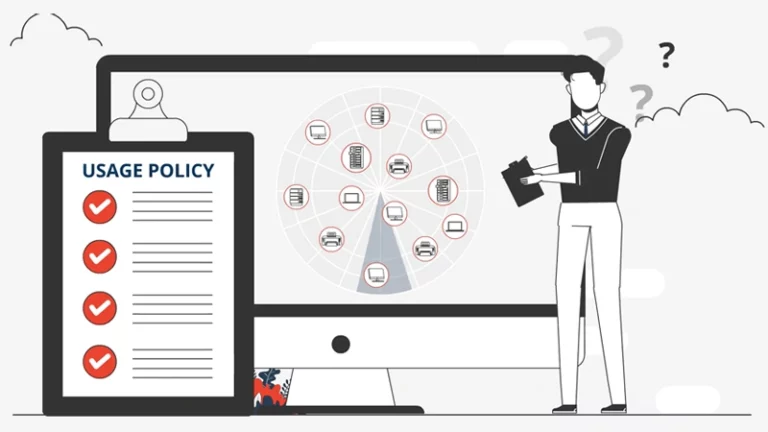Ransomware attacks are becoming increasingly sophisticated, exploiting not just software vulnerabilities but also hardware ransomware vehicles. Traditional cybersecurity measures often focus on network and software-based threats, leaving a critical blind spot: the physical layer. Unmanaged or rogue devices provide an entry point for attackers, enabling ransomware to bypass traditional defenses and wreak havoc on an organization’s infrastructure.
Bentsi Ben-Atar on the Role of Hardware in Ransomware Attacks
Bentsi Ben-Atar, CMO and Co-founder of Sepio, explores how hardware ransomware vehicles enable attackers to deploy malicious payloads undetected. Without full visibility into hardware assets, organizations remain vulnerable to ransomware infiltration through hidden attack vectors.
In today’s environment, traditional security tools like firewalls and antivirus software are no longer sufficient to protect against the sophisticated nature of hardware-based threats. This highlights the need for advanced security measures that can identify and mitigate risks at the physical layer of the network.
Eliminate Visibility Blind Spots with L1 Physical Layer Data
Managing hardware ransomware vehicles effectively requires physical layer data. The only way to gain complete visibility into all connected devices. By leveraging Sepio’s Asset Risk Management (ARM) solution, organizations can:
- Achieve Ultimate Visibility – Detect every hardware asset, including rogue and unmanaged devices, in real time.
- Harness Machine Learning & Physical Layer Fingerprinting – Identify and classify hardware threats before they become an entry point for ransomware.
- Eliminate Security Gaps – Close the visibility blind spots that traditional security tools fail to address.
Why Choose Sepio ARM?
Sepio’s ARM solution goes beyond traditional asset management by actively identifying and securing hardware ransomware vehicles before they can compromise an organization’s security posture. The platform provides comprehensive visibility across all connected hardware, even those devices that are often overlooked or considered “safe.” This level of protection is essential for preventing ransomware from spreading within an organization’s infrastructure.
Sepio’s solution also continuously monitors the physical layer for unauthorized or rogue devices, giving security teams the tools they need to respond quickly to emerging threats. With the ability to classify and mitigate risks in real-time, Sepio ARM ensures businesses stay one step ahead of cybercriminals.
Protect Your Organization from Hardware-Based Ransomware Threats
Cybercriminals are increasingly leveraging hardware ransomware vehicles to launch attacks that bypass traditional security tools. Sepio’s ARM solution ensures organizations gain ultimate visibility and control over their hardware assets, closing security gaps before they can be exploited.
With Sepio ARM, businesses are empowered to identify and neutralize hardware-based threats proactively, safeguarding critical systems and data from the devastating impact of ransomware. Ready to see how Sepio’s ARM solution can protect your organization from hardware ransomware vehicles? Schedule a demo today to experience it in action.





